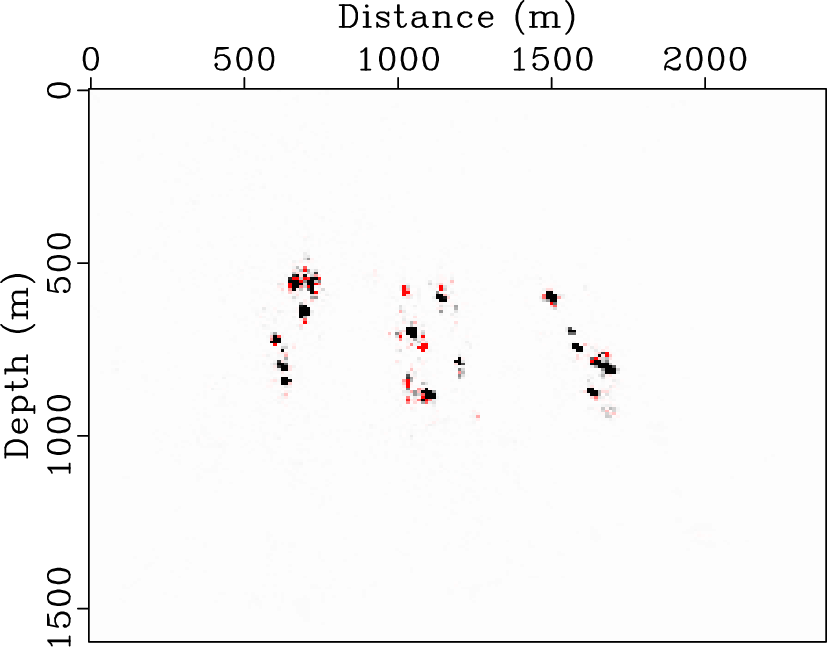An old paper is added to the collection of reproducible documents: Investigating the possibility of locating microseismic sources using distributed sensor network
Distributed sensor networks are designed to provide computation in-situ and in real-time. The conventional time-reversal imaging approach for microseismic event location may not be optimal for such an environment. To address this challenge, we develop a methodology of locating multiple microseismic events with unknown start times based on the cross-correlation imaging condition borrowed from active-source seismic imaging. The imaging principle states that a true microseismic source must correspond to the location where all the backward-propagated events coincide in both space and time. Instead of simply stacking the backward-propagated seismic wavefields, as suggested by time-reversal imaging, we perform multiplication reduction to compute a high-resolution microseismicity map. The map has an extra dimension of time, indicating the start times of different events. Combined with a distributed sensor network, our method is designed for monitoring microseismic activities and mapping fracture development during hydraulic fracturing in-situ and in real-time. We use numerical examples to test the ability of the proposed technique to produce high-resolution images of microseismic locations.


codemore code
~~~~